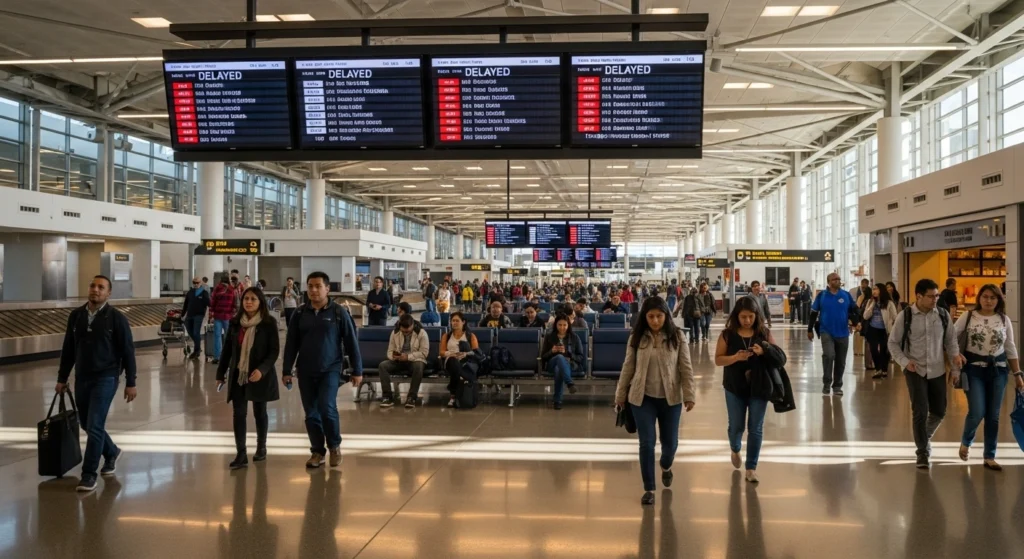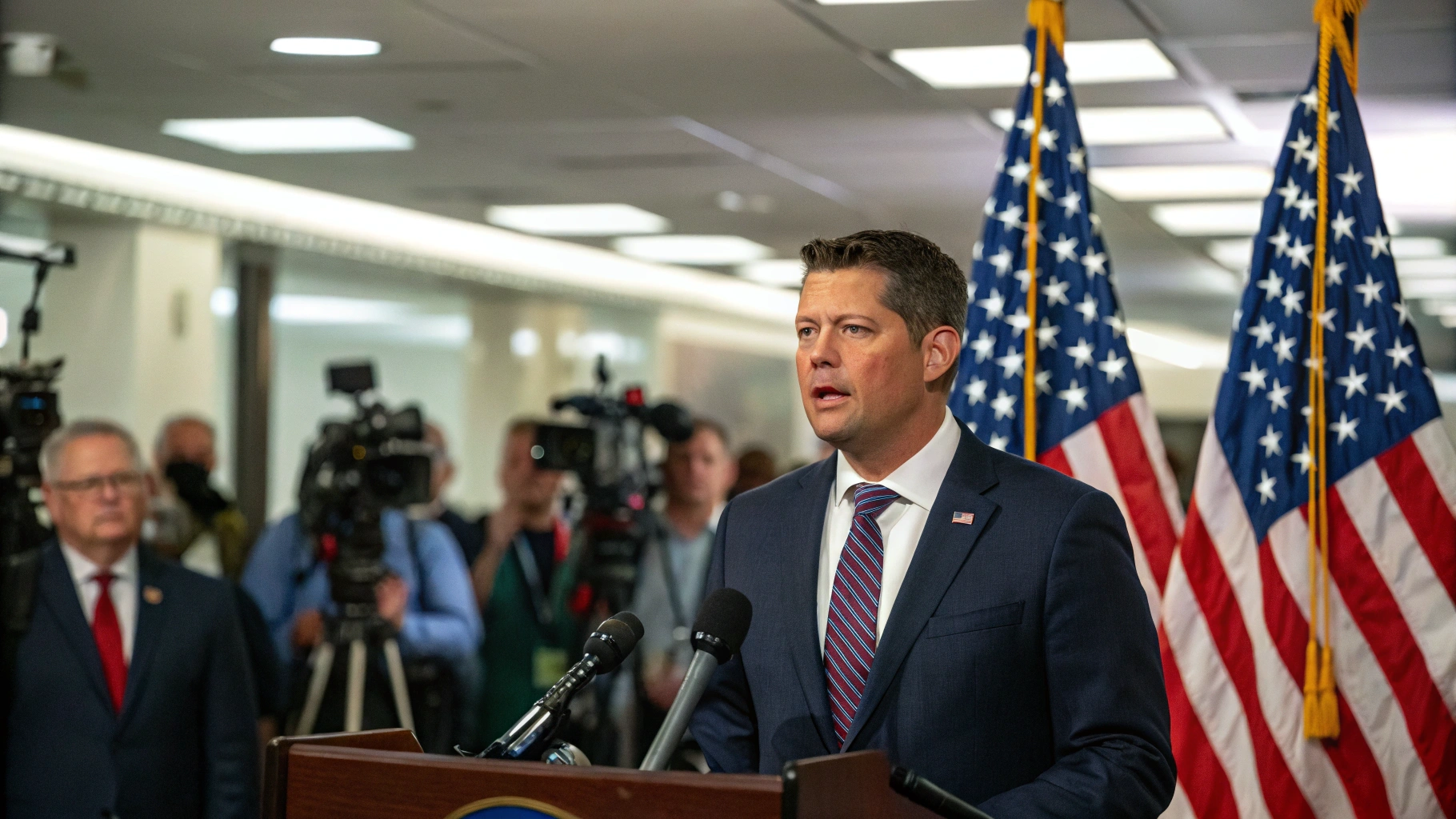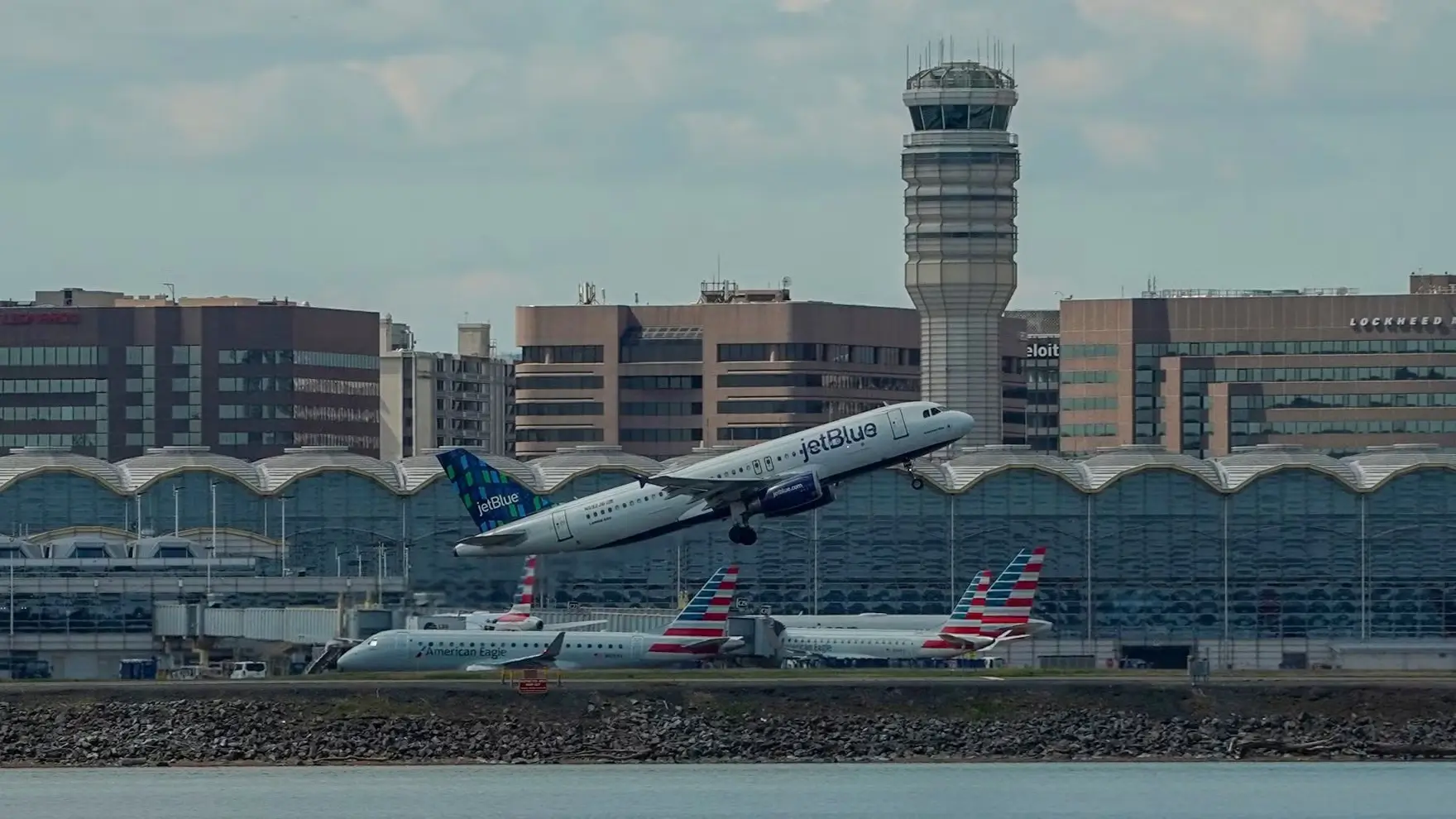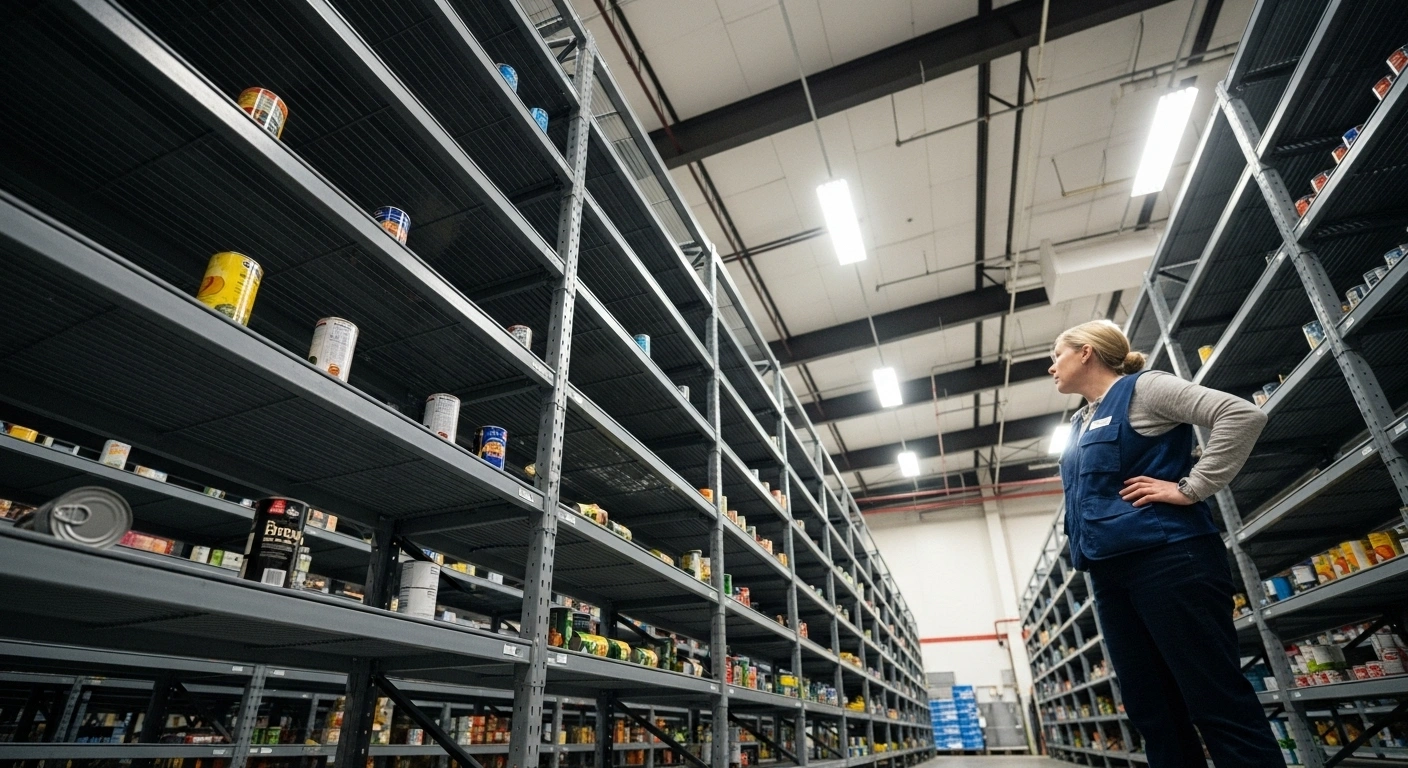LAX on Edge : How a National Air Traffic Control Crisis Threatens Los Angeles Travel
A government shutdown pushes the nation’s air traffic controllers to the brink, creating ripple effects that could touch every passenger at LAX.

In an unprecedented situation fueled by an ongoing government shutdown, air traffic controllers across the United States are working grueling six-day weeks without pay, leading to staffing shortages that have already shuttered control towers and caused massive delays at other major airports. While Los Angeles International Airport (LAX) has so far avoided the worst, the entire national aviation system is holding its breath, wondering which airport could be next .
The crisis offers a stark reminder of the immense pressure on the people who guide our planes safely to the ground. As Transportation Secretary Sean Duffy noted, controllers are now facing impossible choices, asking themselves, “Do I have to take a second job and drive Uber when I’m already exhausted from doing a stressful job?”.
The Precipice: A System Under Strain
The current travel disruptions stem from a perfect storm of long-standing issues and immediate political gridlock.
- A Pre-Existing Shortage: For years, airline executives and aviation officials have grappled with a chronic shortage of air traffic controllers. The system was already stretched thin before the shutdown began, with roughly 3,000 fewer controllers than needed .
- The Shutdown’s Impact: The government shutdown, now in its second week, has turned a serious problem into a full-blown crisis. Nearly 11,000 fully certified controllers are deemed “essential” personnel, meaning they are forced to work without pay. The financial strain and exhaustion are taking a tangible toll, with federal officials confirming a “slight uptick” in sick calls since the shutdown started .
- The Breaking Point: The strain is not theoretical. On October 6, the control tower at Hollywood Burbank Airport was left completely unstaffed for about six hours. Flights were delayed an average of two and a half hours, with some passengers waiting up to four hours. During that time, approach operations were handled remotely from a facility in San Diego, and pilots taxiing on the ground were left to coordinate among themselves to avoid incidents .
This incident at a key Los Angeles-area airport signals a system cracking under pressure. While LAX’s own operational advisories focus on routine runway maintenance and construction projects, it operates within this fragile national ecosystem .
The Human Element: Controllers Working “Extraordinary” Hours Without Pay
Behind the statistics and delay notices are the individuals responsible for the safety of millions of passengers. The National Air Traffic Controllers Association union reports that its members are showing “extraordinary dedication,” with many working 10-hour shifts for up to six days a week—all without knowing when their next paycheck will arrive .
The first missed payday for these essential workers is set for Tuesday, October 28, a date that aviation experts fear could trigger a more severe wave of absences as financial anxiety becomes an immediate crisis . The stress of managing the complex flow of air traffic is immense even under normal circumstances; compounding it with personal financial distress creates an unpredictable and potentially dangerous situation.
Ripple Effects: Delays from Coast to Coast
The disruptions have not been isolated. While Burbank experienced the most severe outage, other major airports have felt the impact of staffing shortfalls.
- Nashville: Arrivals were halted or slowed due to inadequate controller staffing .
- Ronald Reagan Washington National Airport: The FAA reported 30-minute delays directly due to staffing issues .
- Newark, Denver, and Others: The FAA warned of potential staffing triggers at Newark Liberty International Airport, and Denver saw more than 350 of its arriving flights delayed .
This national map of delays demonstrates that the problem is not a local one but a systemic failure. When one part of the country’s airspace slows down, the effects cascade across the entire network, potentially impacting flights heading to or from LAX .
LAX : A Major Hub in a Vulnerable System
So far, Los Angeles International Airport has managed to avoid the kind of controller-induced halts that affected Burbank and Nashville. Current delay statuses for LAX are reported as moderate, typical for a busy airport . However, the airport is not operating in a vacuum.
LAX is currently managing its own set of challenges, including multiple taxiway closures and runway maintenance projects, which can already lead to increased ground traffic and minor delays . These routine pressures, when layered on top of a strained national air traffic control system, increase the airport’s vulnerability to disruptions originating elsewhere.
A Call for Resolution
Transportation Secretary Duffy has publicly urged Congress to pass a funding bill, emphasizing that the political fights in Washington have real-world consequences for hardworking Americans and the travelers depending on them. “Open up the government,” he stated, “take the months to have a conversation and negotiate, but let’s not use this as leverage with hardworking Americans that keep our skies safe for political benefit” .
The situation is a grim echo of a 2018-2019 government shutdown, which also led to critical air traffic controller shortages and significant travel snarls, ultimately contributing to the shutdown’s end . The aviation industry and the traveling public are now watching to see if history will repeat itself.
For now, passengers flying in or out of LAX are advised to check their flight status frequently and prepare for potential delays. The situation remains fluid, and the safety of the skies rests on the shoulders of thousands of controllers working tirelessly without a paycheck.








